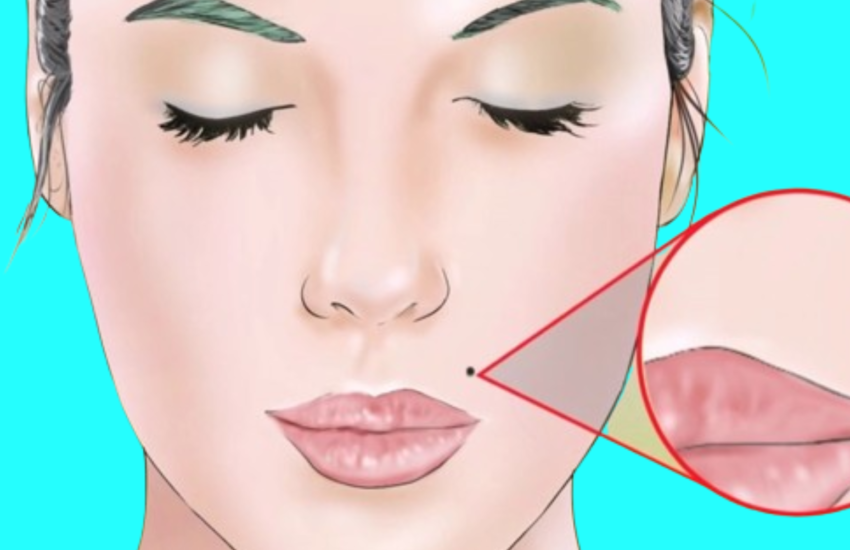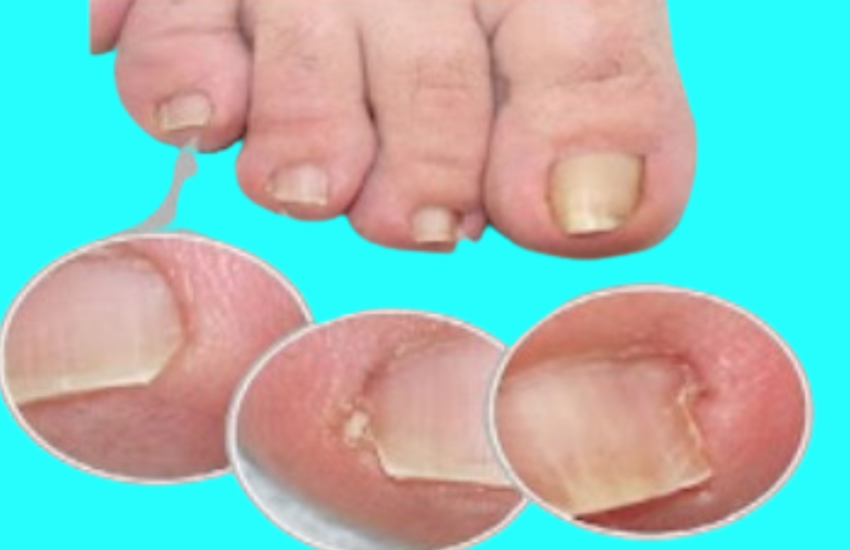11 incredible habits of people with hidden depression
With the prevalence of depression on the rise, many individuals suffer from hidden depression, fighting their internal struggles while hiding their pain from those around them. This article highlights common signs of hidden depression and emphasizes the importance of understanding these indicators to provide timely support and intervention.
1: The mask of hidden depression
Individuals with covert depression often skillfully hide their inner turmoil, presenting a façade of normalcy as they grapple with profound emotional distress. Understanding the dynamics of hidden depression involves recognizing subtle but obvious signs that reveal underlying mental health challenges.
2: Identify common signs of hidden depression
Continuous mental activity:
People with hidden depression may have difficulty calming their racing minds, which are characterized by rapid, deep, analytical thoughts.
Hide mood:
Depressed people excel at hiding their true feelings, camouflaging mood swings behind a façade of smiles and composure.
Existential quest:
An anxious search for meaning and purpose in life often plagues individuals with hidden depression, leading to obsessive contemplation of existential questions.
Interrupted sleep patterns:
Sleep irregularities, such as insomnia or excessive daytime sleepiness, are common indicators of underlying depressive tendencies.
Widespread pessimism:
While individuals with covert depression are intellectually skilled at solving problems, they often display a broadly pessimistic outlook on life.
Fear of abandonment:
Abandonment issues may manifest as a reluctance to form close relationships due to a deep fear of rejection and abandonment.
Coping mechanisms:
Engaging in activities such as walking, exercising, writing, or listening to music may serve as coping mechanisms to manage symptoms of depression.
Elaborate cover-up:
Hiding emotional distress through elaborate cover up stories or extensive excuses is a characteristic behavior among those with hidden depression.
Crying for help:
Constant calls for help and displays of vulnerability indicate the need for supportive intervention and communication.
Change in eating patterns:
Changes in eating habits, such as increased or decreased appetite, often accompany depressive episodes.
3: Providing support and intervention
Recognizing the signs of hidden depression is the first step toward providing helpful support. Initiating open, compassionate conversations, fostering a non-judgmental environment, and encouraging professional help-seeking are crucial in helping individuals with hidden depression. Emphasizing the importance of self-care, healthy coping strategies, and building a supportive network can greatly contribute to alleviating symptoms of depression.
4: Empowering individuals and removing the stigma of depression
Highlighting stories of resilience and recovery, including those of talented and famous individuals who have overcome hidden depression, works to destigmatize mental health challenges. By promoting awareness, understanding and proactive intervention, we can create a more compassionate and supportive society for individuals with hidden depression.
Hidden depression poses significant challenges, often masking deep emotional disturbances behind the façade of normalcy. We can play a pivotal role in helping individuals navigate their mental health journey and promoting a culture of compassion and understanding.


